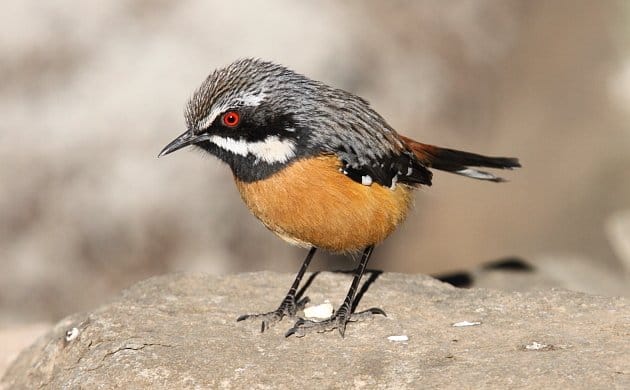
“In 80 birding tours to more than 100 countries, that was definitely the best day of birding I have ever had in my life!’ This unequivocal statement was recently made to me by a well traveled American birder after a day trip up Sani Pass. What a way to sum up what is undoubtedly one of the world’s greatest birding sites and certainly my favorite in southern Africa. Albeit currently a rugged 4×4-only road, Sani Pass is the most accessible route from KwaZulu-Natal into the Mountain Kingdom of Lesotho. The actual pass is a seven-kilometre section between the two nations’ border-control points, characterized by dramatic switch-backs on its very steepest section. It lies within the uKhahlamba Drakensberg Park which has been recognized as a UNESCO Cultural and Natural World Heritage Site.
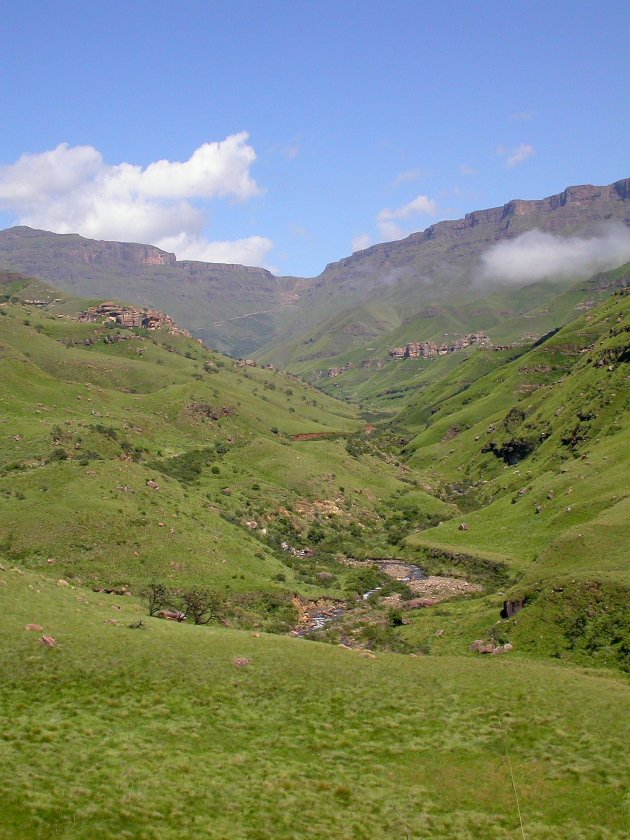 A summer view of the base of Sani Pass, the road winds its way up the Great Drakensberg Escarpment in a series of s-bends that can be seen in the upper middle section of the image. Photo by Adam Riley
A summer view of the base of Sani Pass, the road winds its way up the Great Drakensberg Escarpment in a series of s-bends that can be seen in the upper middle section of the image. Photo by Adam Riley
However, the great birding experience that is Sani starts lower down. From the quaint historic village of Himeville, the Sani road winds through green pastures and grasslands dotted with lakes and wetlands. Here, thousands of Amur Falcons hunt for insects during the southern summer, Wattled Cranes and Denham’s Bustards may be seen, impressive Long-tailed Widowbirds display over the grasslands and the waterbodies are a haven to many hundreds of waterbirds, including Maccoa and White-backed Ducks. Both species of southern African otters are also regularly encountered (Cape Clawless and Spot-necked.)
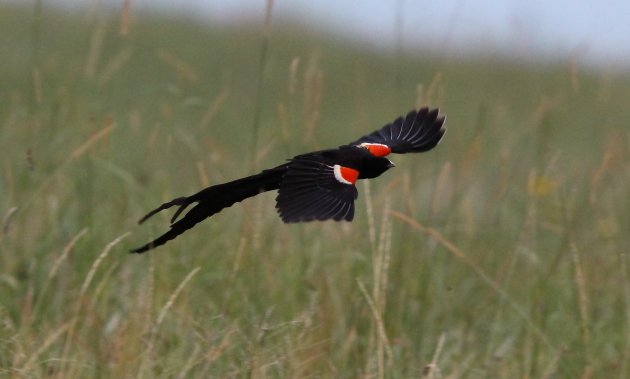 A Long-tailed Widowbird takes off before performing its hovering aerial display flight. Photo by Adam Riley
A Long-tailed Widowbird takes off before performing its hovering aerial display flight. Photo by Adam Riley
 A family of endangered Wattled Cranes might be a highlight of the lower sections of the Sani Pass road, by Adam Riley
A family of endangered Wattled Cranes might be a highlight of the lower sections of the Sani Pass road, by Adam Riley
As you enter the rockier Protea-dominated zone, the avifauna changes and Malachite Sunbirds buzz around their favorite flowers, while the harsh calls of Gurney’s Sugarbird (one of only two species of Sugarbirds, a family endemic to southern Africa) are usually the first indication of the presence of these special birds. Buff-streaked Chats and Cape Rock-Thrushes sing from boulder tops, and family huddles of Ground Woodpeckers emit their rather gull-like shrieks.
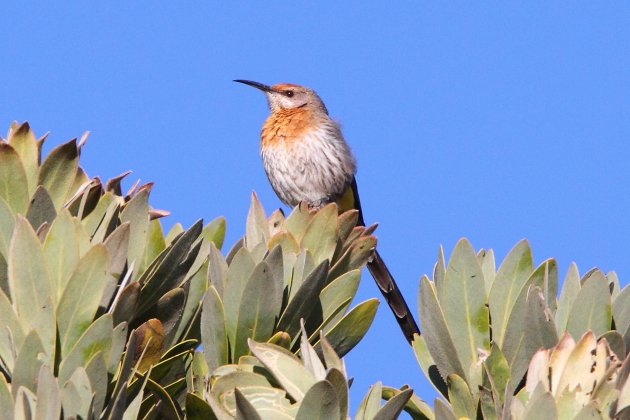 Gurney’s Sugarbird typically perched atop a Protea tree on Sani Pass by Adam Riley
Gurney’s Sugarbird typically perched atop a Protea tree on Sani Pass by Adam Riley
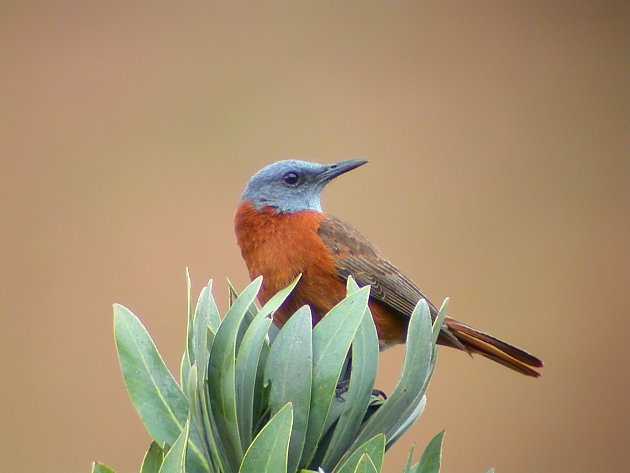 A lovely male Cape Rock Thrush by Adam Riley
A lovely male Cape Rock Thrush by Adam Riley
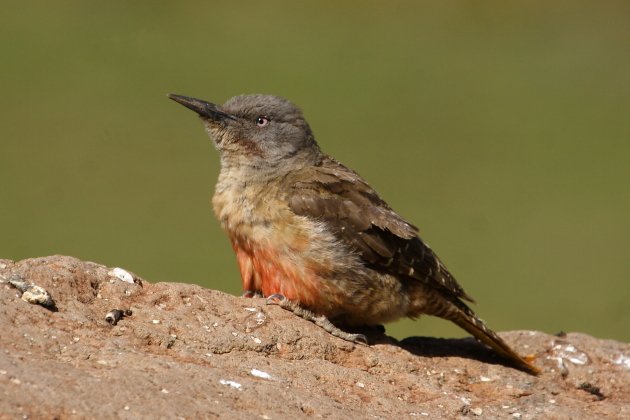 Another typical Sani Pass bird, the strange Ground Woodpecker, a remnant of an ancient woodpecker lineage, by Adam Riley
Another typical Sani Pass bird, the strange Ground Woodpecker, a remnant of an ancient woodpecker lineage, by Adam Riley
Thicker riverine bushes and Ouhout (Leucosidia) stands contribute an element of mistbelt forest birding and rewards may include Olive Woodpecker and several endemics: Greater Double-collared Sunbird, Barratt’s Warbler, Swee Waxbill and the sought-after Bush Blackcap.
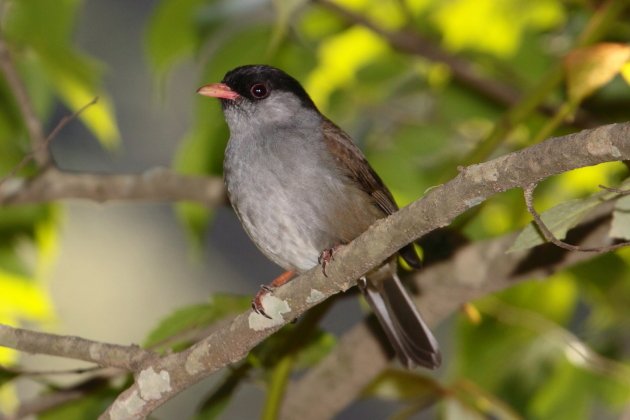 The endemic Bush Blackcap is now placed in the babbler family, photo by Adam Riley
The endemic Bush Blackcap is now placed in the babbler family, photo by Adam Riley
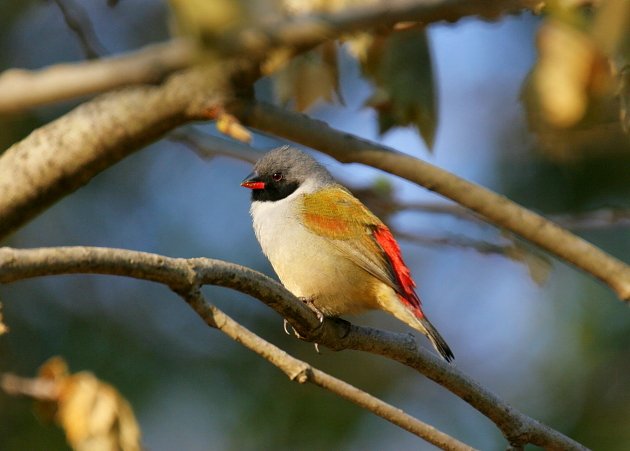 The male Swee Waxbill sports a black face and groups of these beautiful birds are common in the wooded areas of the lower Sani Pass. Photo by Adam Riley
The male Swee Waxbill sports a black face and groups of these beautiful birds are common in the wooded areas of the lower Sani Pass. Photo by Adam Riley
As you begin the winding drive up the pass itself, the habitat rapidly changes to the dry karroid vegetation that characterizes the colder high Drakensberg plateau. Drakensberg Prinias are replaced by their Karoo cousins and dainty Fairy Flycatchers and Layard’s Tit-Babblers flit about. Careful scanning of the distant slopes may reveal a variety of antelope including the mighty Eland or the more delicate Mountain Reedbuck and Gray Rhebok.
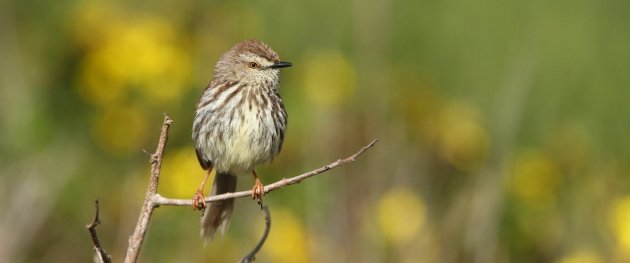 The Drakensberg escarpment forms the boundary between the closely related Drakensberg and Karoo Prinias with the former occurring at the bottom of the pass, the latter (photo above by Adam Riley) at the top of the pass and integrades between the two species on the pass.
The Drakensberg escarpment forms the boundary between the closely related Drakensberg and Karoo Prinias with the former occurring at the bottom of the pass, the latter (photo above by Adam Riley) at the top of the pass and integrades between the two species on the pass.
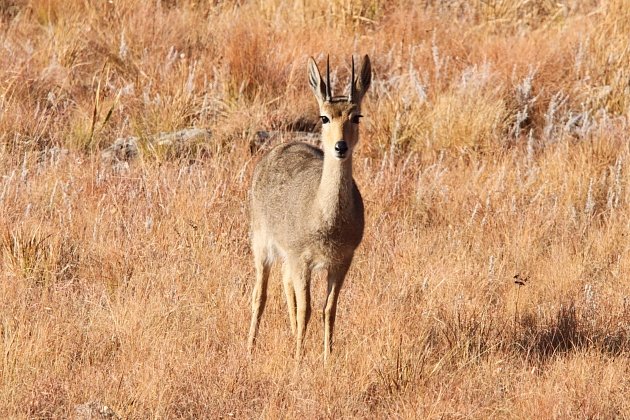 The Gray Rhebok is an uncommon high elevation antelope that is regularly seen on Sani Pass, image by Adam Riley
The Gray Rhebok is an uncommon high elevation antelope that is regularly seen on Sani Pass, image by Adam Riley
The rocky sections harbor Gray Tits, Cape Bunting and the localized Drakensberg Siskin; African Rock Pipit may be tracked down if one is attuned to its lovely tremulous song; and here my personal favourite, the cheerful, energetic Drakensberg Rockjumper (feature image at the top of this blogpost), also makes its home. Even on a dull, cold day these bouncy balls of colorful feathers are sure to warm the cockles of any birder’s heart. If that doesn’t do it, a glass of Glühwein at the Sani Top pub will brace you for birding the escarpment above the pass. Flocks of dazzling Southern Bald Ibis can reach impressive numbers, both Cape Vulture and the elegant Bearded Vulture (Lammergeier) can be seen on sunny days, and the enigmatic Mountain Pipit occurs during summer. Other specials include Large-billed Lark, Gray-winged Francolin, Sentinel Rock-Thrush, Sickle-winged Chat, Yellow Canary (at the very eastern edge of its range) and, if you are very lucky, a roosting Cape Eagle-Owl. Here one can also find pairs of very cute Sloggett’s Ice Rats, another member of Sani’s distinct fauna.
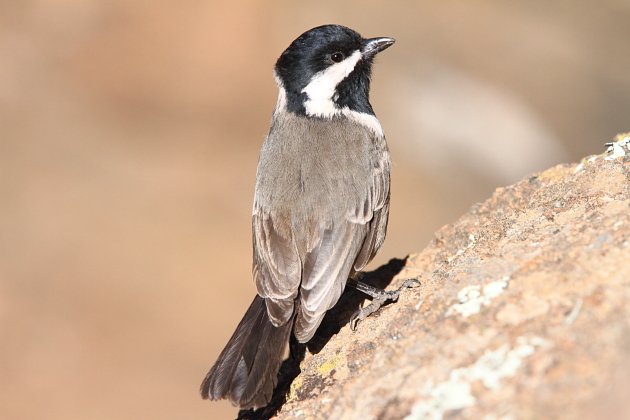 The Gray Tit is a southern African endemic restricted to the western sections of the region and at the very eastern edge of its range on Sani Pass. Image by Adam Riley
The Gray Tit is a southern African endemic restricted to the western sections of the region and at the very eastern edge of its range on Sani Pass. Image by Adam Riley
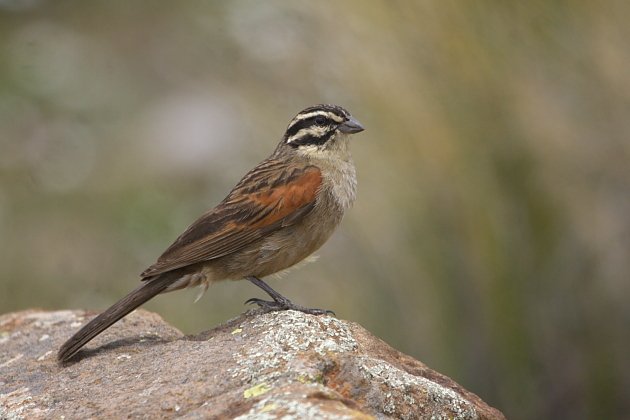 Cape Buntings are abundant on Sani Pass, photo by Adam Riley
Cape Buntings are abundant on Sani Pass, photo by Adam Riley
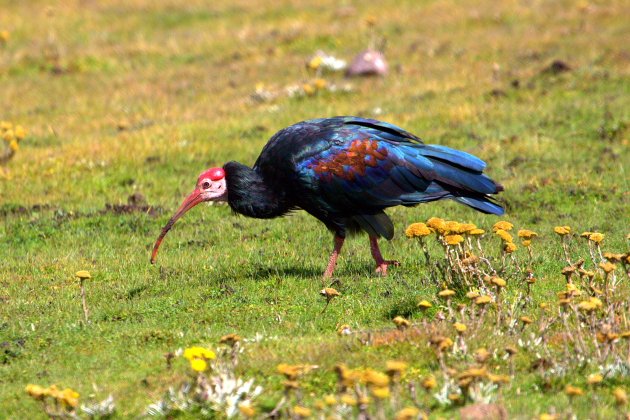 Southern Bald Ibis can be abundant on the fields above the pass where this image was taken, by Adam Riley
Southern Bald Ibis can be abundant on the fields above the pass where this image was taken, by Adam Riley
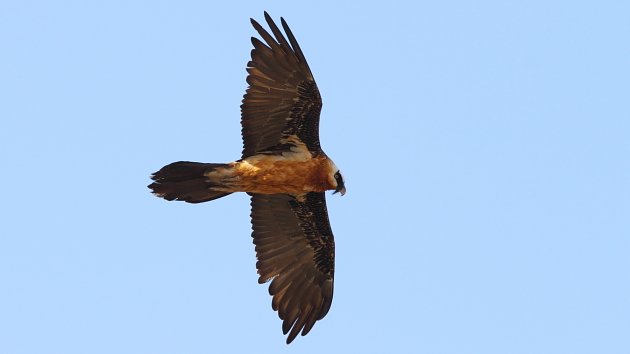 The threatened Bearded Vulture or Lammergeier is usually seen on sunny days soaring above Sani Pass. The final southern African stronghold of this species is the high Drakensberg mountains in Lesotho. Image by Adam Riley
The threatened Bearded Vulture or Lammergeier is usually seen on sunny days soaring above Sani Pass. The final southern African stronghold of this species is the high Drakensberg mountains in Lesotho. Image by Adam Riley
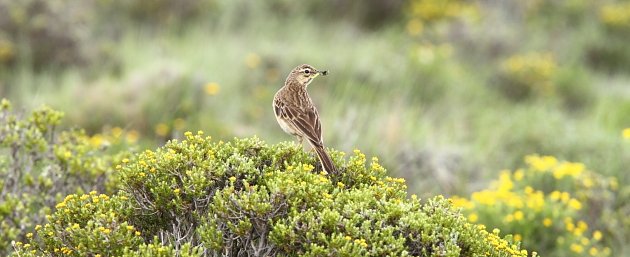 The Mountain Pipit is one of Africa’s least known birds, appearing annually in the Sani Pass environs every summer and pretty much disappearing in winter. Image by Adam Riley (note the typical karroid vegetation of the plateau above Sani Pass)
The Mountain Pipit is one of Africa’s least known birds, appearing annually in the Sani Pass environs every summer and pretty much disappearing in winter. Image by Adam Riley (note the typical karroid vegetation of the plateau above Sani Pass)
 Large-billed (previously known as Thick-billed) lark is another species that reaches its easternmost range extension at the top of Sani Pass. Image by Adam Riley
Large-billed (previously known as Thick-billed) lark is another species that reaches its easternmost range extension at the top of Sani Pass. Image by Adam Riley
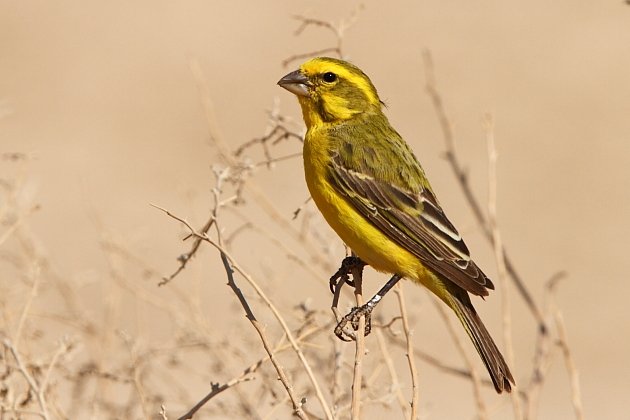 The lovely Yellow Canary, another Sani Pass target by Adam Riley
The lovely Yellow Canary, another Sani Pass target by Adam Riley
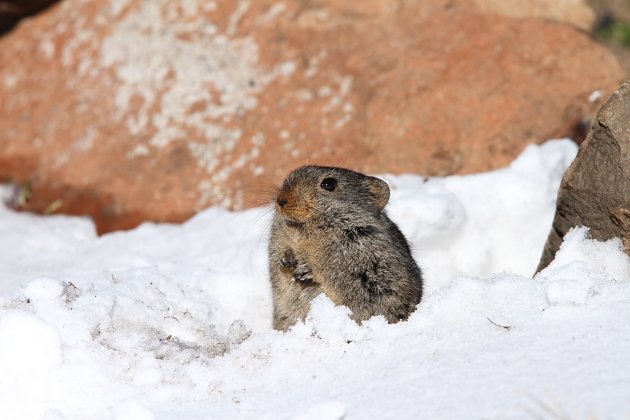 The cute Sloggett’s Ice Rat is common on the upper sections of Sani Pass, image by Adam Riley
The cute Sloggett’s Ice Rat is common on the upper sections of Sani Pass, image by Adam Riley
However, it’s not just the birding that makes a trip up Sani Pass such a memorable experience. It’s the combination of dramatic, world-class scenery, wide-open vistas, the silence of the high Drakensberg, stunning wildflower displays, blanket-clad Basothos living their lives little touched by the modern world and, ultimately, the sense of being away from it all.
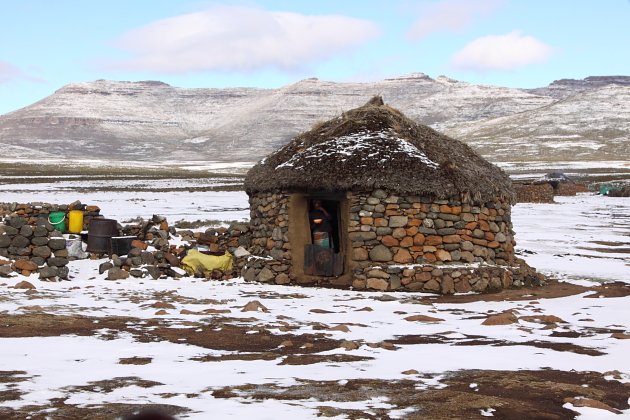 A typical Basotho homestead above Sani Pass, photo by Adam Riley
A typical Basotho homestead above Sani Pass, photo by Adam Riley













This post is awesome. Someday I will get to Sani Pass, if only to see the ice rat!
WOW!!! Now I NEED TO GO TO THAT PLACE! Thank you Adam.
I have been twice to Sani Pass, both times on Rockjumper trips, and it remains one of my favorite sites in the world. If you like wide open spaces and charismatic birds, there’s no place like it. Plus, a great high-altitude pub!
Fabulous photos! I like how you interspersed photos of mammals, scenery, and the homestead, as it provided a big picture perspective. The Long-tailed Widowbird is fascinating, since it looks so much like one of our Red-winged Blackbirds, but with a long tail. Thanks for a great post!
We will be adding this location to our ever growing list of places we would love to go birding!
There’s a reason why some people refer to Sani pass as Insani pass. One day, one very fine day …
Wow Adam, really superb photography! Well done.
This post is very nice and your photographs are awesome. keep it up.
Don’t think I’ll ever make it to Africa
The Sani Pass was recommended by our travel agent as a great stop en route to Rorkes Drift and Isandlwana. Thank you Rainbow Tours, it was one of the best day’s birding, if not the best I have ever had with a knowledgeable guide who was also great company and an accomplished driver over some difficult terrain. We virtually cleaned up on the endemics – I think we missed just Wattled Crane, Chorister Robin Chat and Greater Double-collared Sunbird which we found elsewhere. If you have half a chance grab it and go. Happy to share our experience and bird list if you want to drop me an email